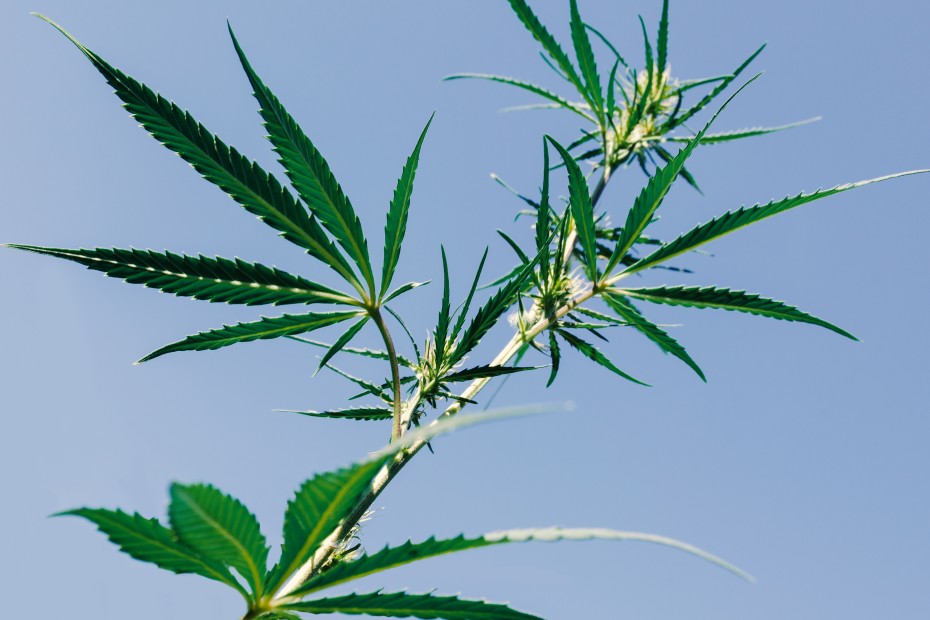(A version of this story appeared earlier at Marijuana Business Daily.)
Outdoor marijuana and hemp farmers are increasingly coming to loggerheads over pollen drift, setting the stage for growing disputes in areas with thriving outdoor cannabis production.
Marijuana growers say that cross-pollination from hemp farms can cost them thousands because it can render flower products unmarketable.
“We took a big hit,” said Robert Morf, who owns and operates Cheshire Creek, an outdoor marijuana cultivation operation in Waterville, Washington.
Morf said his problems started this year, after Washington’s governor signed a law that abolished the mandated 4-mile buffer between outdoor marijuana and hemp farms.
The law was intended to open up Washington state to hemp production after passage of the 2018 Farm Bill, but the buffer change led to disputes between hemp and marijuana cultivators.Morf expects to lose about $40,000 this year after his 600-plant farm was cross-pollinated by male plants he said came from a nearby hemp farm.
Biology to blame
Both marijuana and hemp produce cannabinoids. But female cannabis flowers produce far more cannabinoids, notably THC and CBD, when they aren’t pollinated.
As a result, marijuana and CBD producers take great care to avoid males. Most marijuana in commercial production is sinsemilla, Spanish for “without seeds.”
But even careful marijuana producers can find their work foiled by pollen drift from crops that haven’t been sexed.
According to researchers at Michigan State University, a single male cannabis flower can produce 350,000 pollen grains capable of traveling great distances in the wind.

















